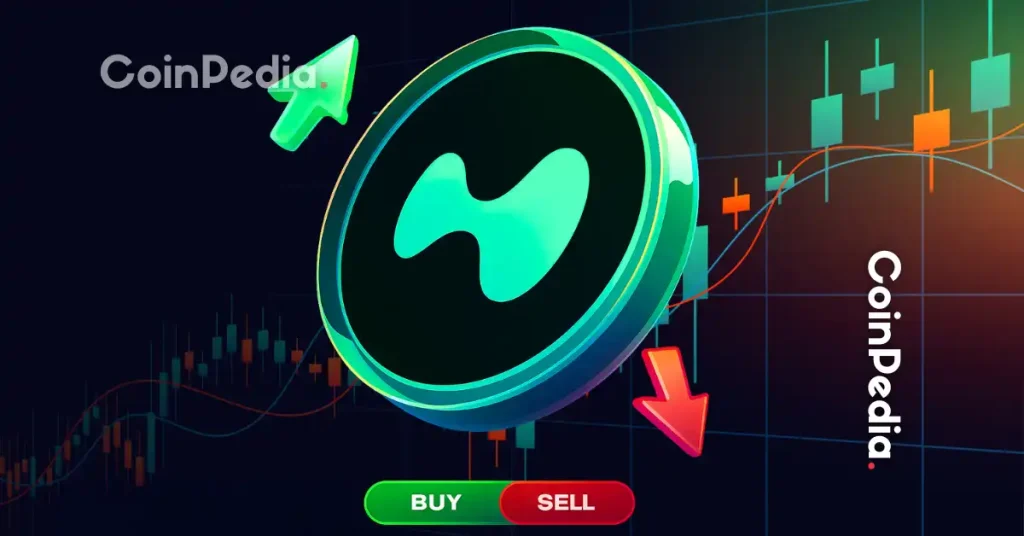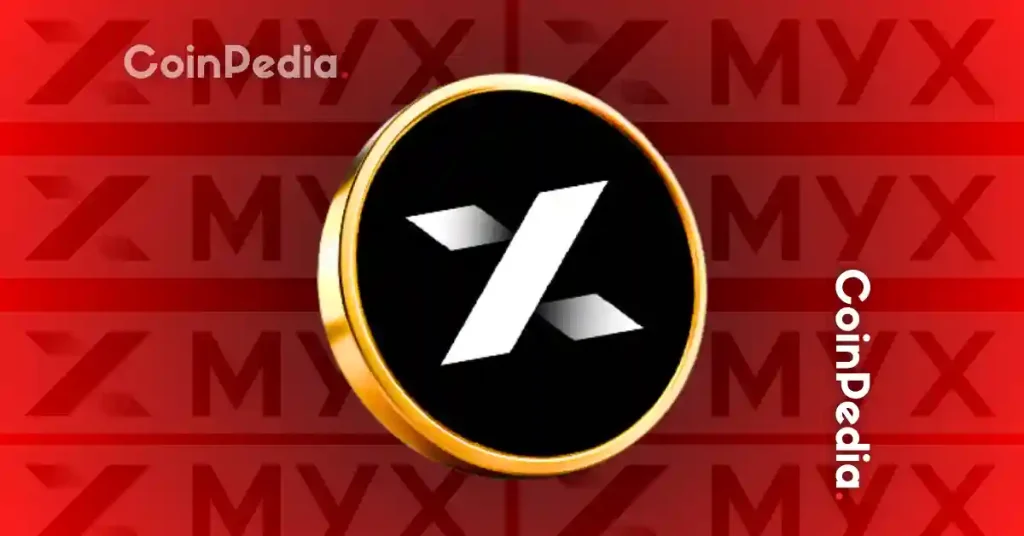
“Is this art? Certainly charming people, but they don’t deserve the title of ‘artists’. They are hoaxes, deceptions, and endanger the history and beauty traditions of art.”
It may sound like a discussion about NFTs in 2022, but it’s really a discussion about the art brut (outsider art) that is now in every museum’s collection in the 1940s.
The current art market is similar to that time in that it criticizes NFTs and sees them as a temporary boom or bubble. Add to that the sudden drop in the NFT market, the FTX scam, the lack of education, and the arrogance of some crypto advocates, all of which keep the art world from seeing NFTs more than a bubble.
But such thinking is wrong. Contrary to popular belief, NFTs are not art. Gone are the celebrity-spending JPEG images that are often cited as examples of NFTs. But the technology that can prove the authenticity of a work of art should remain.
The convergence of digital art, crypto-money and blockchain technology will create profound structural changes in the art ecosystem.
Collectors will stop buying works that are not registered on the blockchain. Artists will have more control over their work and will be able to earn royalties if it is resold. More collectors will flock to transparent markets, and the art market will become more regulated and better.
change of artist
Consider the role of an artist. It’s not out of the question that every work is registered on the blockchain by an artist. When such works are traded, not only do artists earn royalties, but they also learn who the new owners are.
Artists will be able to work more independently without relying heavily on galleries to promote and authenticate their work. As a result, the income that artists can earn from their works increases.
Traditionally, artists and galleries split the revenues 50-50. In the world of NFTs, artists receive 90% of the money, and will probably end up somewhere in between. In addition, artists and their heirs can receive royalty income.
Artists also get new sources of income. For example, some communities can be paid memberships that offer additional services, unique content, priority access, and more.
change in power structure
Along with these changes in commissions, there will also be changes in power structures. Just like the entertainment industry in the 1930s, power in the art world will shift from distributors (galleries) to creators (artists).
With more independence for artists comes responsibility. In a world where collectors interact directly with artists, who sells their works when artists are busy making them?
To support the new regime, artists will need to develop an entrepreneurial spirit and be able to handle new tasks.
Some will hire a lot of staff, and others will be happy to deal with galleries that take care of sales, promotion, support, etc. (these are the jobs that galleries are doing now). But in any case, power structures change.
Collectors are the most affected by the development of new art systems. The reduced role of intermediaries allows for closer and more direct interaction with artists.
If all works are registered on the blockchain, collectors will be able to know current prices, past prices, and other comparable prices, and will be able to purchase works with more peace of mind than now.
More collectors should enter the market as information about the authenticity of works becomes clearer and more accessible. Selling works on the traditional market is currently very difficult and always requires middlemen. With NFTs, the sales process is much simpler and transaction speeds are much faster. This means that you will be able to get a return on your investment more easily.
An art market that resists change
Will the art market then take a completely different face and all the current major players will be gone? No such thing. This is because changes in the art world take time. And because the sanctuaries of the art market rely on relationships that have already been established, they should remain.
But will Picasso’s work eventually be replaced by that of popular NFT artist Beeple, and will graduates of the Master of Fine Arts program become primarily digital artists? Also no. Painting will not go away, and digital art will continue to occupy a small share of the market.
In the current NFT boom, there are only a handful of things that have reached the collections of famous museums. Most of the rest of the works will go back to what they were before the bubble.
The strength of NFTs and blockchain technology is their contribution to the shift towards a better art market, a fairer, more equal and democratic marketplace. A more attractive, less exclusive and transparent market will convert many new entrants into buyers.
Art-related organizations can greatly benefit from the capabilities provided by NFTs and the underlying technology. You can also get more involved with the community and pass ownership to it through your participation and governance commitments.
Of course, not everyone is happy about the potential for change in the art industry. But the signs are already visible. Nostradamus predictions about the slow obsolescence of the traditional art industry may just be too soon. We are just entering a new era. It’s time for the art world to embrace that, and for web developers and traditional arts organizations to work together.
Mr. Magnus Resch: Teaches Arts Economics at Yale University. He co-authored “How To Create And Sell NFTs. A Guide For All Artists”.
|Translation and editing: Akiko Yamaguchi, Takayuki Masuda
|Image: Anton_Ivanov / Shutterstock.com
|Original: The Art World Underestimates the Power of NFTs
The post The art world underestimates NFT[Opinion]| coindesk JAPAN | Coindesk Japan appeared first on Our Bitcoin News.

 2 years ago
108
2 years ago
108














 English (US) ·
English (US) ·